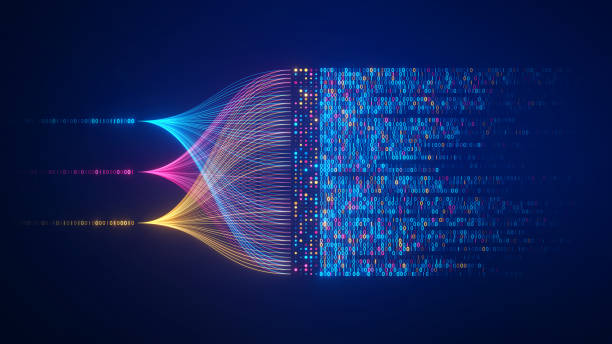The Invisible Revolution: How Ambient Intelligence & Spatial Computing Are Reshaping Reality

Imagine a world where your environment anticipates your needs—without a single message, wave, or command. Lights dim, notifications fade, and coffee brews—all on instinct. Welcome to the era of Ambient Invisible Intelligence and Spatial Computing—two transformative trends converging to make tech vanish from sight, not from life.
Ambient Invisible Intelligence: Technology That Hides in Plain View
Ambient Invisible Intelligence refers to computing so integrated into our daily surroundings, it feels invisible. This isn’t sci-fi—it’s happening now. Sensors in smart homes adjust lighting and temperature automatically. Retail displays change without touch; hospitals monitor patients in real time without intrusive gadgets. The trend powered by AI-driven “silent assistants” is quietly embedding intelligence into the world. GartnerForbes
Why it matters:
-
Effortless living: Devices tune themselves for comfort and convenience without prompts.
-
Efficiency amplified: Continuous, context-aware optimization saves energy, time, and attention.
-
Privacy tension: These systems, often invisible, challenge norms—how and when is data collected?
Expect ambient intelligence to expand across smart cities, workplaces, and beyond. As tech fades into life, ethical guardrails will become vital.
Spatial Computing: The Tangible Digital World
Layering digital data directly onto the physical world—that’s the promise of Spatial Computing. Through AR, VR, and MR, our surroundings become interactive, information-rich environments. Think surgical overlays in real-time, retail items tagged in 3D, or immersive education spaces. GartnerForbesBluesoft
Real-world applications:
-
Education & Training: Medical interns rehearse surgery with holographic patients; technicians assemble machinery with digital guidance layered on tools.
-
Retail & Design: Try virtual furniture in your living room before buying—or test prototypes without physical materials.
Gartner predicts $1.7 trillion in spatial computing value by 2033—a dramatic leap from $110 billion in 2023. blog.talkspirit.com
The Merge: Invisible, Immersive, Intelligent
Where ambient intelligence meets spatial computing, your world transforms. Picture walking through your home and seeing virtual reminders projected on your walls, or retail stores that adapt lighting and visuals based on mood—all without pressing a screen.
But this fusion brings challenges:
-
User experience friction: Overcomplete invisibility could confuse people—tech that’s too subtle might feel alien.
-
Ethical frontiers: What’s collected, how it’s processed, and how it shapes our behavior must be transparent and consensual.
-
Developer craft: Building seamless, context-sensitive interactions demands multidisciplinary innovation—across UI design, ethics, and machine learning.
Key Insight: 2025 isn’t about more screens. It’s about making digital intelligence feel natural—embedded in environments, intuitive to interact with, and invisible by design.